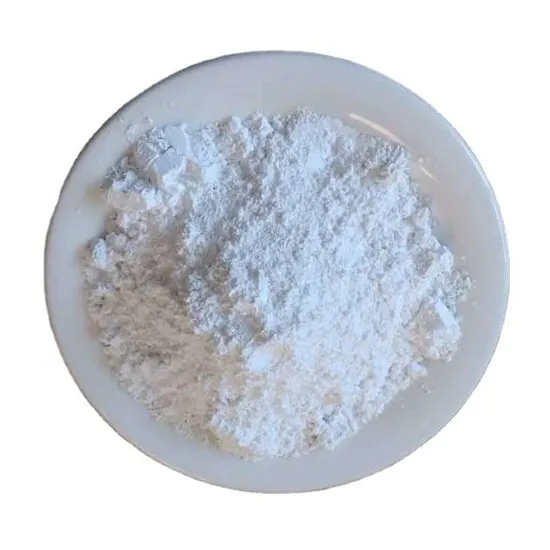beta galactosidase(Lactase)
Appearance: Liquid lactase is colorless or slightly yellow; the powder is white.
Source: Aspergillus oryzae
Composition: Lactase


Principle of Action:
Hydrolyzes the β - galactoside bond in lactose molecules to produce glucose
and galactose (conversion rate 27%).
Stability:
Thermal Stability: When incubated at 60°C for 30 minutes, the relative enzyme activity remains
above 80%.
pH Stability: Maintains over 90% of its relative enzyme activity within the pH range of 4 - 9.
Optimal Operating Temperature: 50 - 55°C
Optimal pH Value: pH 5.0
Dosage: It is recommended to add 6000 ALU for every 10 grams of lactose.
Product Standards
Comply with the provisions of GB 25594 - 2010 "National Food Safety Standard - Enzyme
Preparations for Food Industry".
Activity Definition (FCC7 ALU/g)
One unit of lactase is defined as the amount of enzyme required to decompose oNPG to produce
1 µmol of oNP (o - nitrophenol) per minute at pH 4.5 and 37°C.
Scope of Application, Dosage and Method of Use
Packaging, Transportation and Storage
Inner packaging is made of food - grade composite bags, and customized packaging is available.
Transportation vehicles and storage places should be clean, dry, and well - ventilated, protected
from sunlight, rain, and moisture. They should not be transported or stored together with toxic,
harmful, or volatile - smelling substances. For long - term storage, refrigeration is required.
Shelf Life: 24 months for powder products.


